Supercapacitors
Non-EO
ESA
Quick facts
Overview
| Mission type | Non-EO |
| Agency | ESA |
Supercapacitors for Space Applications
• November 27, 2020: High-power supercapacitors – already found within terrestrial electric cars, trains, lifts and cranes – are on their way to space. 1)
An ESA-led project with Airbus Defence and Space developed and tested a supercapacitor design able to provide brief bursts of very high power levels to space missions as required. Potential uses might include operation of high-power satellite radar systems, to stabilize overall onboard power during solar eclipses or other such events or launcher thrust vectoring.
“While traditional batteries store electric energy on a chemistry basis, supercapacitors do so on the basis of physics. The energy is stored as electrostatic charge, within an electrochemical double layer at the boundary between an organic electrolyte and activated carbon layers,” explains energy storage engineer Brandon of ESA’s Energy Storage section.
“This means they can both store and discharge power at a very fast rate that batteries cannot match, for many thousands of cycles with almost no internal resistance. However they have the corresponding disadvantage that they possess a lower overall energy density, so are able to store only a fraction the amount of energy of a battery with the same mass.”
Supercapacitors are, for instance, often used within electric and hybrid cars, storing the electric energy generated by braking wheels for later reuse and supplying power boosts for rapid acceleration.
“We performed an initial study of such a BOSC (Bank of Supercapacitors) unit through ESA’s ARTES (Advanced Research in Telecommunications Systems) program,” adds Brandon. “We studied possible applications and which commercial cells could be feasible for the application in space. The results of this study were very promising.
“Then Airbus DS in France approached us, wanting to finalize and qualify such a design for space. This project proceeded on a co-funded basis through our GSTP (General Support Technology Program) – preparing promising products for space and the marketplace.”
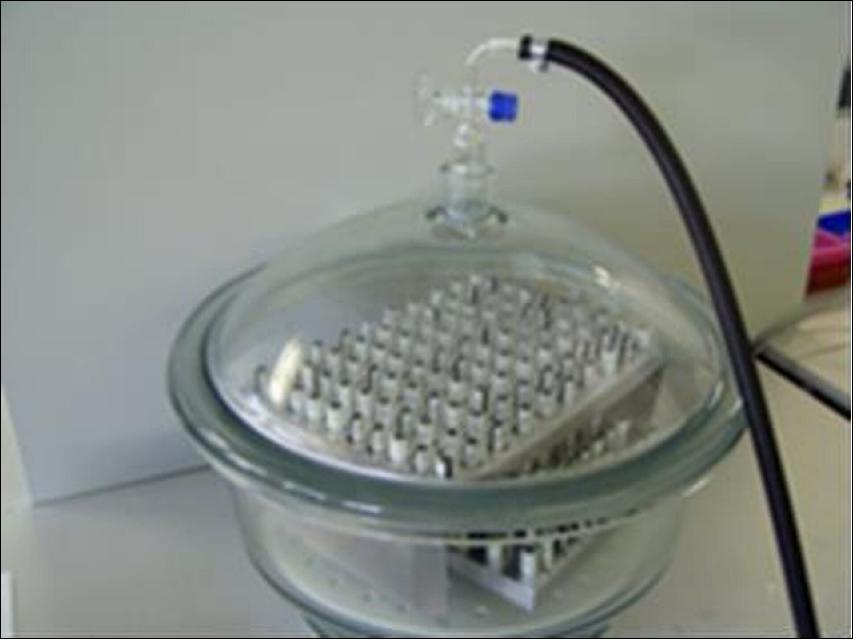
The first challenge was to design and construct a working prototype ‘Bank of Supercapacitors’ (BOSC), based on 34 supercapacitors in series with three strings in parallel, incorporating thermal sensors to keep it from overheating and degrading.
“To make these prototype BOSCs suitable for space required careful ‘potting’ – meaning the insertion of epoxy between the stacked supercapacitors, connectors and printed circuit boards,” adds Brandon.
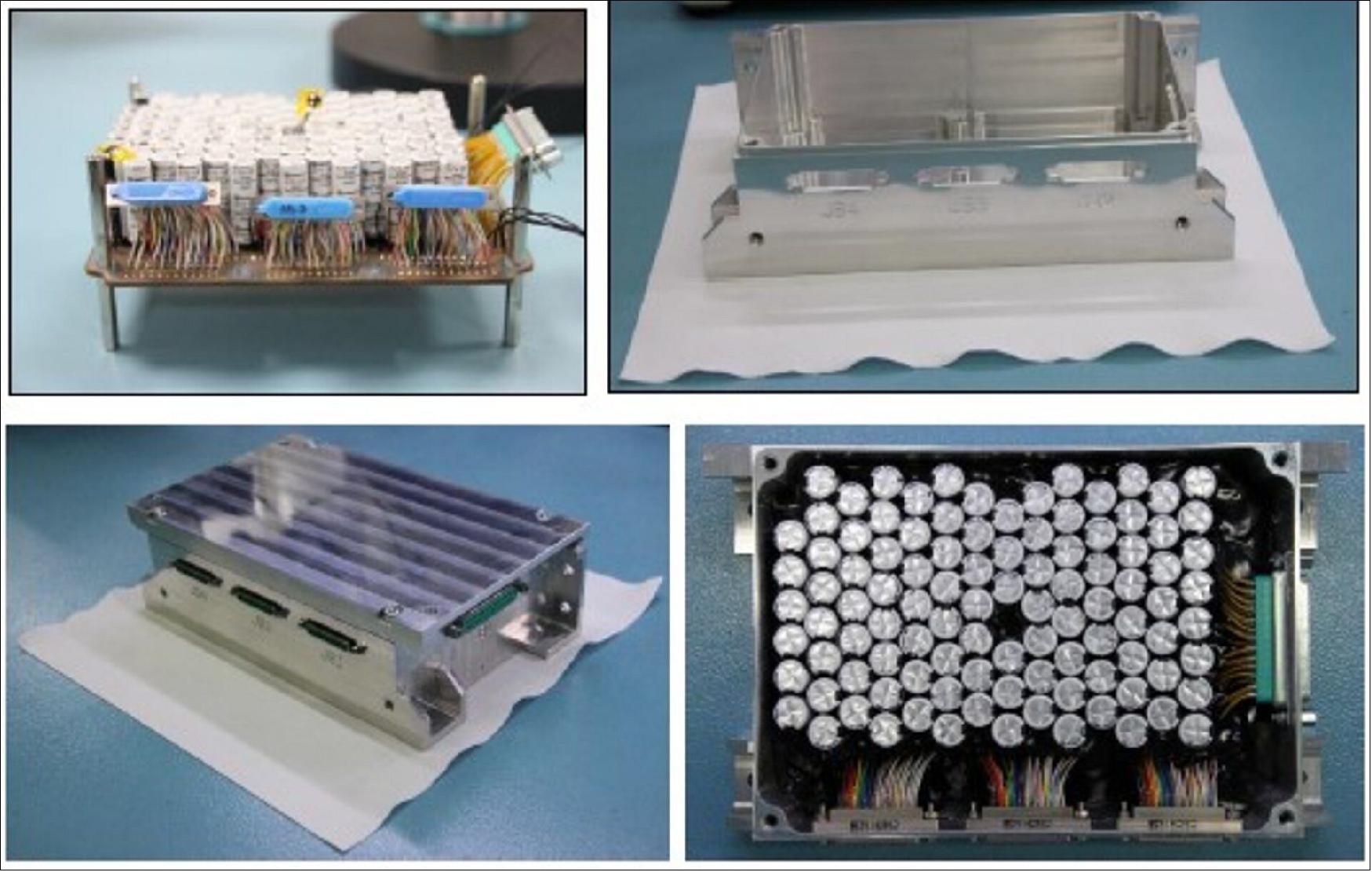
BD Sensors in the Czech Republic– in charge of designing and manufacturing the BOSC – was responsible for developing this critical process.
Mechanical testing – coming down to violent, launcher-strength shaking, as well as exposure to space-quality vacuum and temperature extremes – took place at project partner EGGO Space in the Czech Republic. Radiation testing was also essential, involving kilorads of exposure, to check the bank would go on operating when exposed to the same kind of charged particles experienced in orbit.
Gabriel Beulaguet of Airbus Defence and Space, engineering and project manager for the project, comments: “we have set-up in our laboratory a long life test under relevant electrical, thermal and vacuum conditions. After more than 2.3 million cycles, the performances – especially in terms of fading and balancing – are behaving as expected and the test will continue to run”.
Testing the electrical performance of the BOSC involved millions of charge and discharge cycles, including a dedicated lifetime test campaign to look at ageing effects. In parallel, the BOSC was also subjected to ‘abuse’ testing – involving short circuits, overcharges and physical shock from impacts.
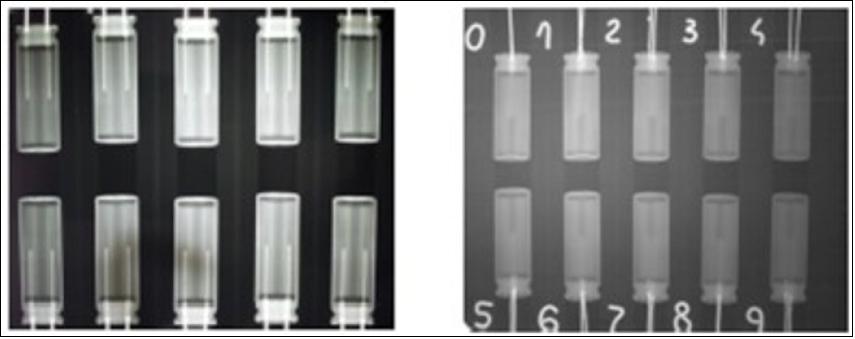

An ESA-led project with Airbus DS developed and tested a supercapacitor design able to provide brief bursts of very high power levels to space missions as required. The project designed and constructed a working prototype BOSC based on 34 supercapacitors in series with three strings in parallel, incorporating thermal sensors to keep it from overheating and degrading, and potted for safe operation in the space environment.
“We found the bank can take a huge amount of current, up to 400 amps, several times without damage,” adds Brandon.
Denis Lacombe of ESA’s Technical Reliability and Quality Division, technical officer for the project, explains: “Now that lifetime testing is about to conclude, after three years of hard work we have a space-qualified product, ready for use by Airbus and added to the European Preferred Parts List so other missions can make use of it as well, enabling high-power space applications of all kinds.”
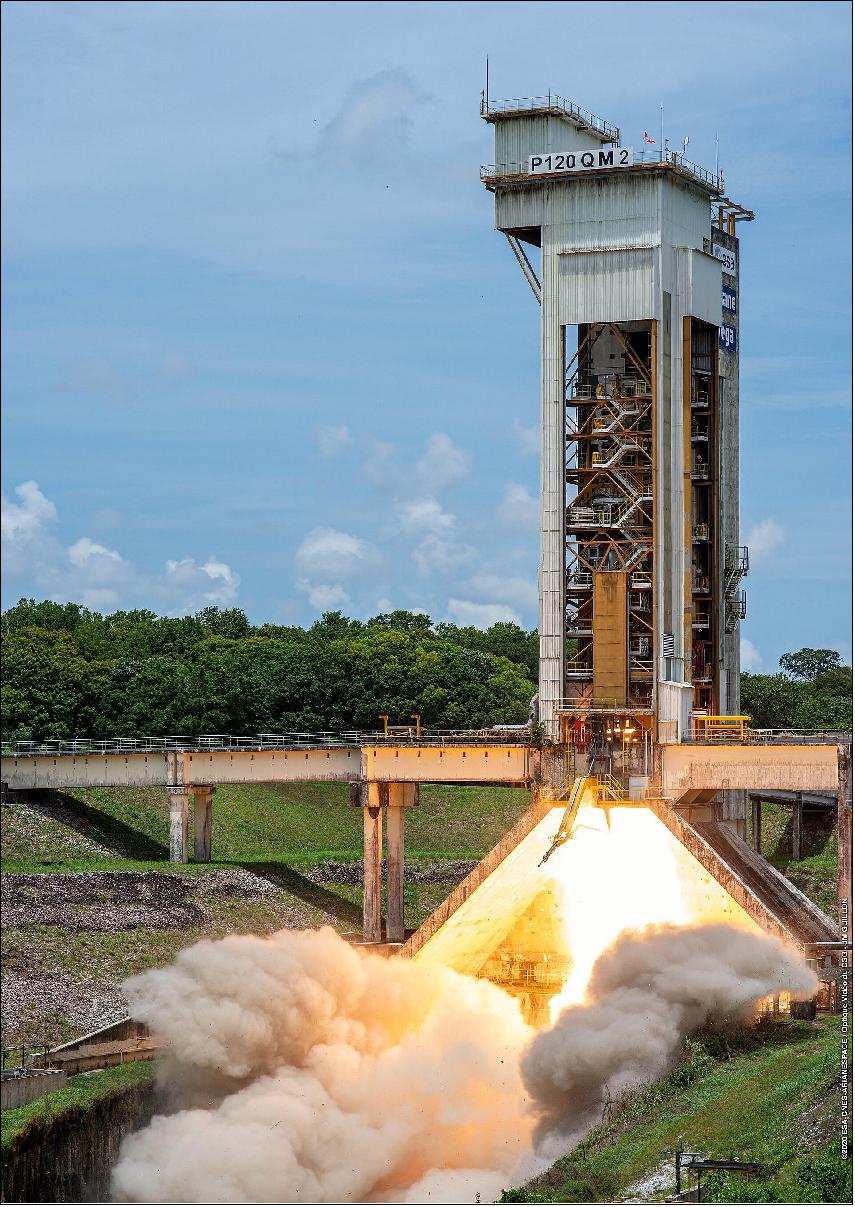
Some Background
Supercapacitors also called electrochemical double layer capacitors are energy storage devices that store electric energy in the double layer between a high surface area electrode and an electrolyte [2)]. As compared to batteries no chemical reactions should occur at the electrodes. Thus, with exception of parasitic electrochemical reactions, the storage of energy in supercapacitors is a purely physical phenomenon [3)]. The use of supercapacitors on spacecrafts and launchers can be manifold. Currently, applications as power system stabilization and energy storage for pyrotechnic mechanisms and electromechanical thrust vector actuation are envisaged [4)]. 5)
The supercapacitor cells must be capable of withstanding the harsh environments present for space applications. The application of supercapacitors in micro-satellites is also an option, which has been studied by Shimizu and Underwood [6)]. The advantage of supercapacitors is their extremely high power density of several tens of kW/kg and their capability of operating at temperatures down to -40°C. The main challenge of this technology is the limited energy density, which is in the range of 5 Wh/kg [7)]. Due to the purely physical operation principle supercapacitors are capable of performing a large amount of cycling. Furthermore, the performance of supercapacitors with decreasing temperature (e.g. -40ºC) does not deteriorate as strongly as compared to the currently used Li-ion chemistries.
Qualification of Commercial Off-The-Shelf Supercapacitors for Space Applications 8)
Supercapacitor is a product which fills the gap between batteries and capacitors, featuring very high power density (up to 100kW/kg) with lower stored energy than that of batteries (up to 7 Wh/kg). This technology is already widely used in various industrial, automotive and aeronautic applications.
Its fast charge and discharge time, its ability to withstand millions of charge / discharge cycles and its wide range of operational temperature (-40°C to +70°C) makes it a perfect candidate for several space applications (launchers and satellites) as demonstrated in ESA Study Contract No. 21814/08/NL/LvH entitled “High Power Battery Supercapacitor study” completed in 2010 by Airbus DS.
From the most promising ones, it can be quoted: optimization of pyrotechnical activation system, high power mechanisms, electrical thrust vector control, high power radar supply or even hybridization of Supercapacitor banks with Li-Ion batteries. The number of known flight demonstration is very low. This is partially linked to the fact that there are currently no parts available at space grade.
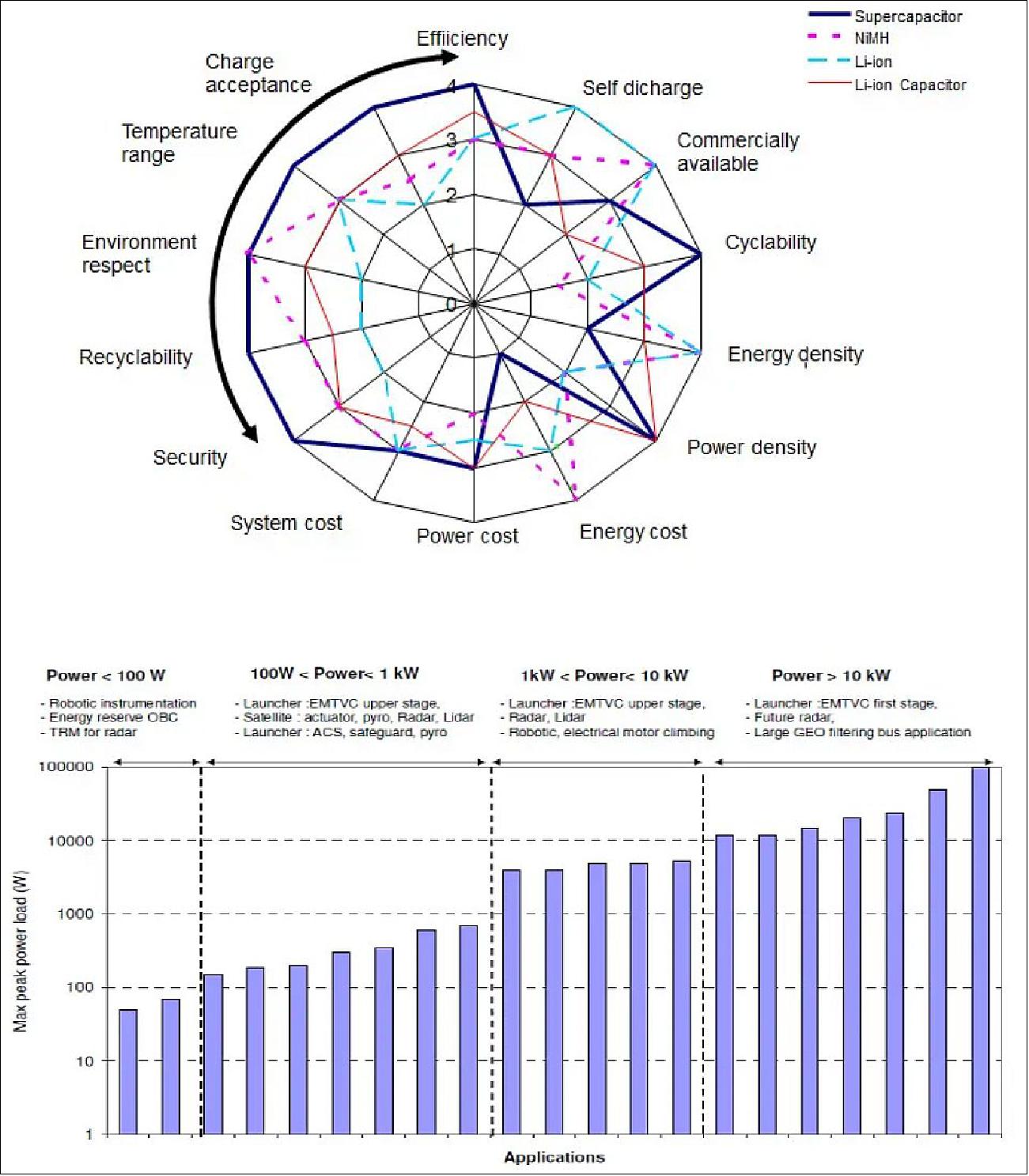
References
1) ”Supercapacitors ready to deliver maximum power to space,” ESA Enabling & Support, 27 November 2020, URL: https://www.esa.int/Enabling_Support/Space_Engineering_Technology
/Supercapacitors_ready_to_deliver_maximum_power_to_space
2) B. E. Conway, ”Electrochemical Super capacitors Scientific Fundamentals and Technological Applications,” Kluwer and Plenum, New York, USA, 1999
3) J. R. Miller, "CAPACITORS, Overview", Encyclopedia of Electrochemical Power Sources, Elsevier, Amsterdam, 2009, pp: 587-599.
4) V. Gineste, D. Loup, P. Mattesco, N. Neugnot, "Preliminary Evaluation of Commercial Supercapacitors for Space Applications", 9th European Space Power Conference, Saint Raphael, France, 2011.
5) Brandon Buergler, Bertrand Faure, David Latif, Lukas Diblik, Petr Vasina, Valéry Gineste, Marek Simcak, ”Towards Supercapacitors in Space Applications, ” E3S Web of Conferences, Vol. 16, 17003 (2017), 11th European Space Power Conference (ESPC 2016), Thessaloniki, Greece, 3-7 October 2016, URL: https://www.e3s-conferences.org/articles/e3sconf/pdf/2017/04/e3sconf_espc2017_17003.pdf
6) Tatsuo Shimizu, Craig Underwood, "Super-capacitor energy storage for microsatellites: Feasibility and potential mission applications", Acta Astronautica, Vol. 85, pp: 138-154, 2013.
7) P. Kurzweil, "CAPACITORS, Electrochemical Double-Layer Capacitors", Encyclopedia of Electrochemical Power Sources, Elsevier, Amsterdam, 2009, 607-633.
8) Bertrand Faure, Laurence Cosqueric, Franck De Bonet D’oleon, David Latif, Denis Lacombe, Brandon Bürgler, Marek Simcak, ”Qualification of COTS Supercapacitors for Space Applications,” Symposium: ESA SPCD (Space Passive Component Days) 2018, 21 December 2018, URL: https://passive-components.eu/qualification-of-cots-supercapacitors-for-space-applications/
The information compiled and edited in this article was provided by Herbert J. Kramer from his documentation of: ”Observation of the Earth and Its Environment: Survey of Missions and Sensors” (Springer Verlag) as well as many other sources after the publication of the 4th edition in 2002. - Comments and corrections to this article are always welcome for further updates (eoportal@symbios.space).